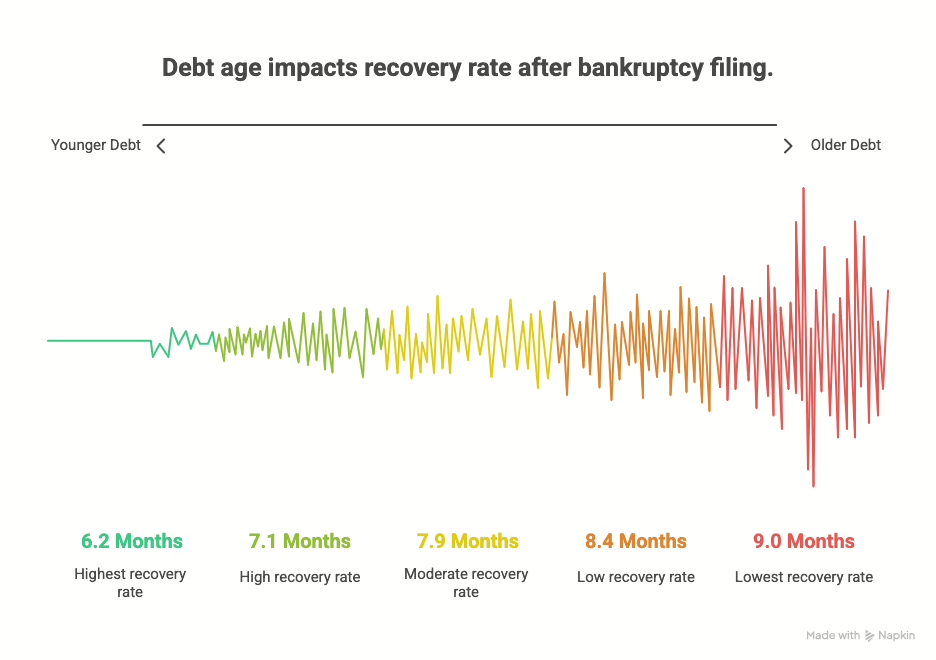Inventory Turnover (also called inventory turns, stock turns, stock turnover) is how many times inventory ‘turns over’ within a specified period. Turning over means how many times inventory comes in and leaves to be consumed in production. If inventory turnover ratio is high — your inventory policy involves buying more frequently.
Purchasing inventory involves two additional costs: 1.The cost of holding the inventory and 2. Delivery charges. Buying less inventory more frequently, may result in higher delivery costs, but will have lower holding costs.
Desired level of inventory turnover largely depends on the type of raw materials used. If the business uses a bulk of foreign-made raw materials in its production, ordering small shipments may not make sense. If raw materials are likely to spoil, there is no option of storing them for a long time.
1. Formula for Inventory Turnover
Inventory Turnover = Total Cost of Goods Sold / Average Inventory
2. Formula for Average Inventory
Average Inventory = (Inventory “beginning” + Inventory “ending”) / 2
3. Formula for Average Days to Sell
Average Days to Sell = 365 days / Inventory Turnover Ratio
Commercial Collection Topics
- Export Credit Insurance Defines what export credit insurance is and the benefits to the policy holder....
- How to Proceed When Your Client Files Bankruptcy Chapter 11 and 13 filings allow for reorganization. The debtor pays the debt back through a court arranged a repayment...
- Are You Reaching The Right Party? 50% of their time manually locating individuals or correct contact information for debt collection purposes. Over 95% of all debt...
- The Power of Amortization for Small Businesses: Unlocking Financial Stability Discover how partnering with Burt and Associates can streamline your financial close process. Our ethical, tailored debt collection strategies help...













